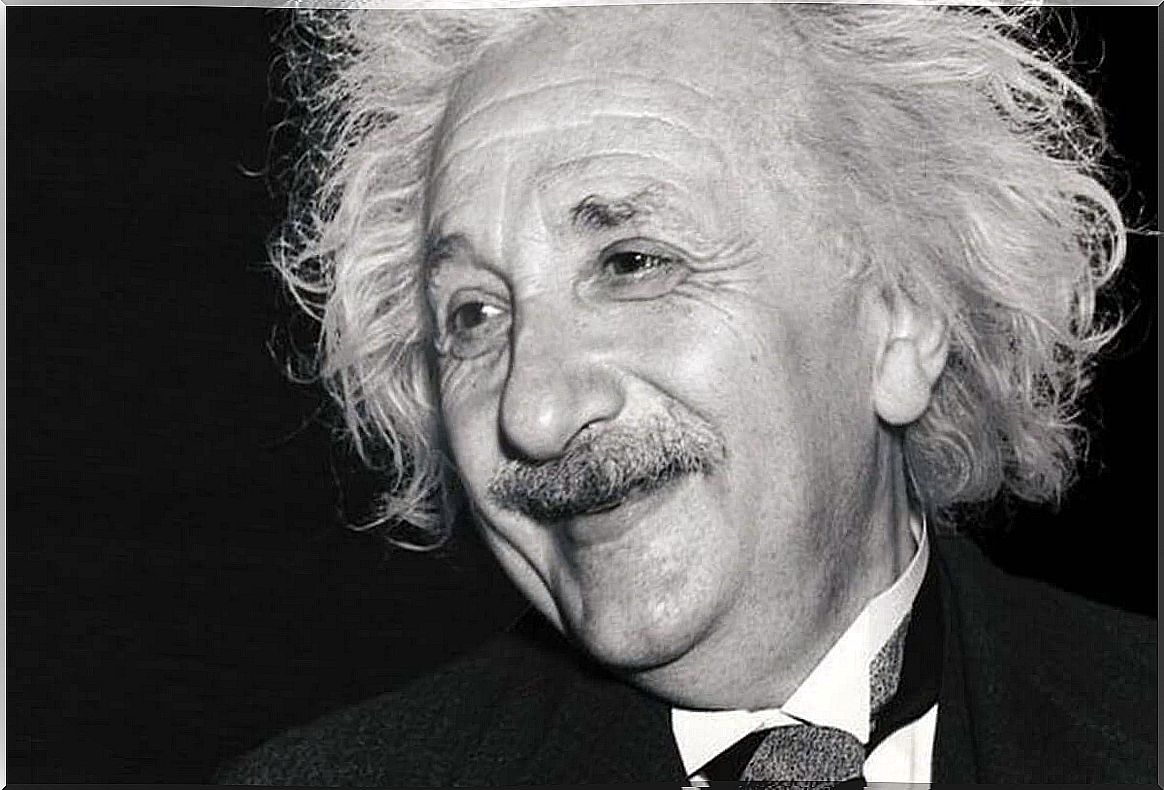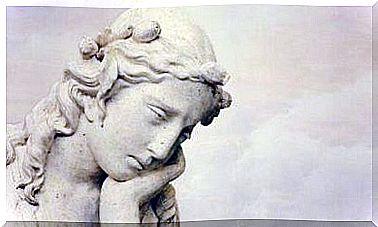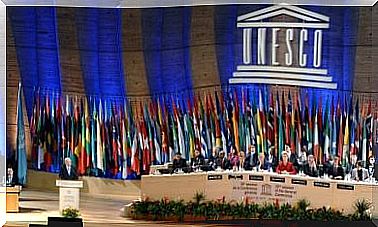Human Compassion According To Einstein

In 1950 Albert Einstein wrote a letter full of symbolism and depth to encourage a friend who had just lost his young son to polio. Two decades later, the New York Times published the text with great success, giving us, without knowing it, a formula for survival and hope: human compassion.
His words attracted attention for the philosophical vision transmitted. We cannot call it religion, but we can see it as a kind of cosmic spirituality, a sense of transcendence.
The pain of loss could be alleviated, according to the father of relativity theory, aware that each of us is part of a whole. What we think has been lost actually remains within us, in every fragment of our being.
Five years after writing that letter, Albert Einstein died of an aneurysm. Somehow, and almost without knowing it, to his immense legacy in the field of science and especially in the field of physics, that text added a small and unique gift that then began to circulate with greater force with the arrival of the internet and social networks. . His message is now more relevant than ever.

Einstein and his words on human compassion
Sometimes we overlook the fact that Albert Einstein was much more than his outstanding scientific achievements. He was a violinist, a humanist, a socially committed person, he was an admirable teacher and a faithful friend who always took care of his closest circle. This is reflected in all of his letters and documents kept at Princeton University.
In his extensive correspondence, we have an extensive exchange of letters between him and figures such as Sigmund Freud, Bertrand Russell, Thomas Mann, George Bernard Shaw, Franklin D. Roosevelt, Albert Schweitzer. In the midst of that ocean of lines, reasoning and messages, we discovered that Albert Einstein always offered his shoulder in moments of suffering.
An example of this is the letter he sent to the Queen of Belgium. Elizabeth of Bavaria and Albert Einstein had a close friendship and a common passion: music. In 1934, the queen’s husband died practicing mountaineering and this tragedy left her devastated. The father of relativity theory found the right words to comfort her, to give her encouragement and strength.
He did the same with Robert S. Marcus, a faithful and close friend who, in 1950, lost his son. In this letter, a central concept stands out that distinguishes it from the others. Human compassion was for Einstein a mechanism of salvation and a way to give meaning to life.
A text full of symbolism
Awakening hope in those who have lost the most precious thing is certainly a difficult undertaking. In these cases, “I’m sorry” or “his memory will always be in your heart” are of little use. With this text Albert Einstein invited Mr. S. Marcus to look beyond his own pain. Lift your face and feel that each of us is part of the whole.
The anguish and harshness of loss should not encapsulate us in eternal suffering. We should transcend these states, and awaken compassion, love and affection for everything around us.

Human compassion, the formula that gives meaning to life
Albert Einstein mentioned reminds us that we do not exist separately. Individualism has no meaning or purpose in an interdependent world, in a universe where we are all part of a whole.
Authentic humanity is that which looks beyond religions, ideologies, selfishness, fears and prejudices. Albert Einstein was not alone in providing an almost cosmic perspective to human compassion.
Carl Sagan also wrote in one of his books that compassion along with intelligence and technology, combined to create a meaningful and respectful life for the planet, would allow us to touch the stars. It is worth remembering the words of these two immeasurable figures from the world of physics and astronomy.









